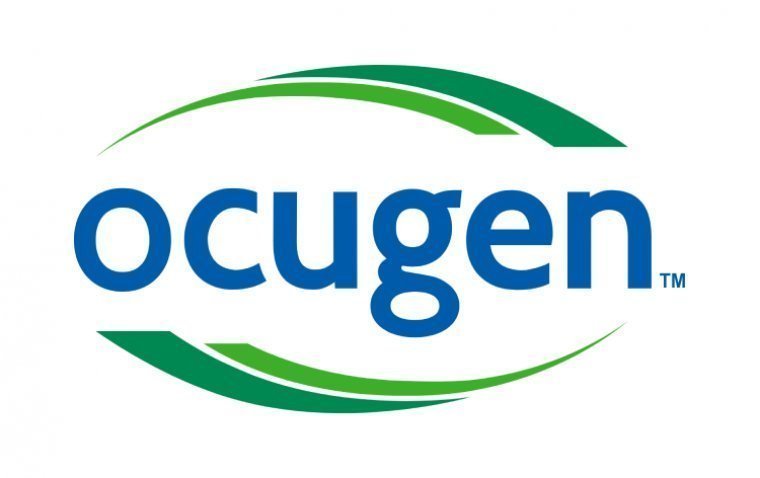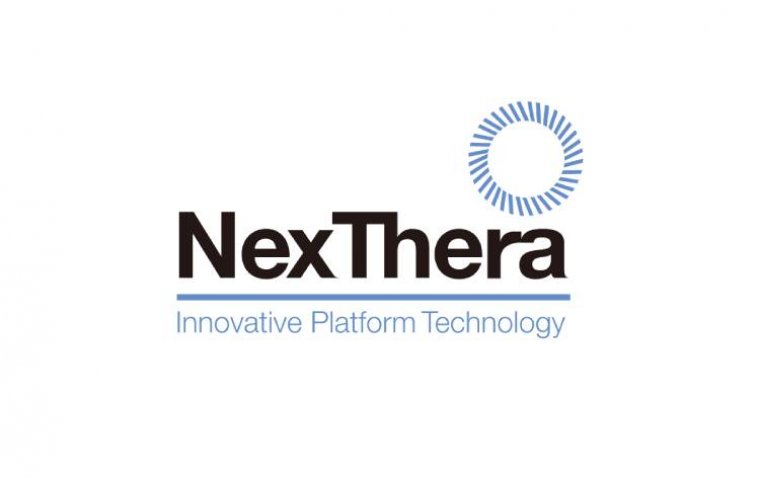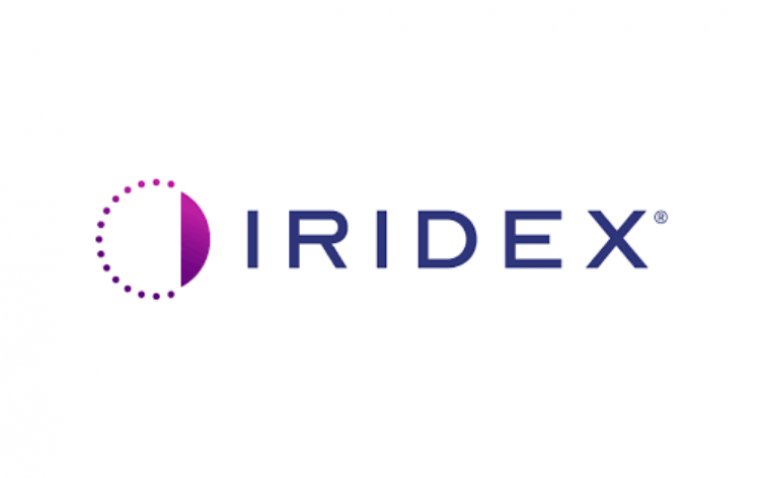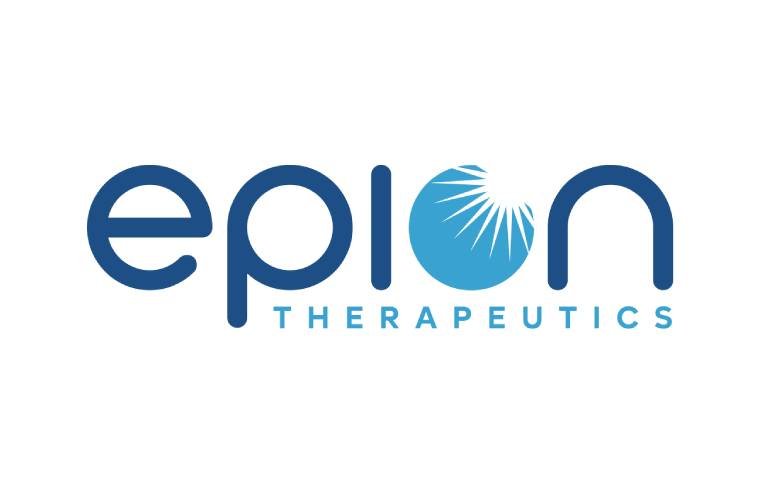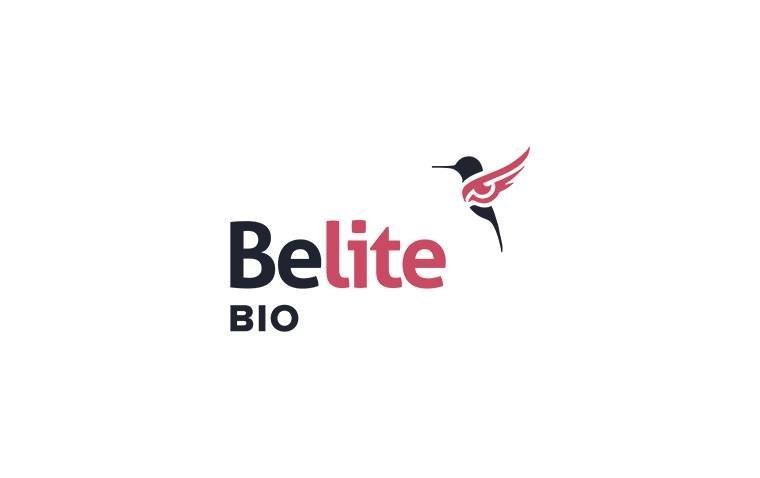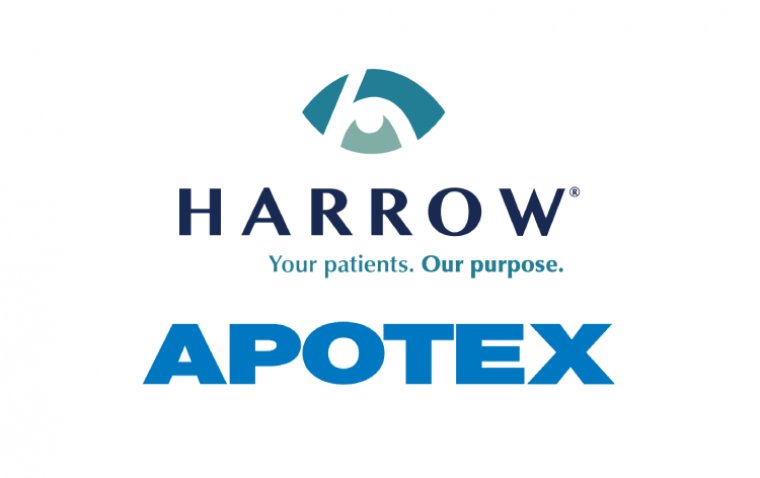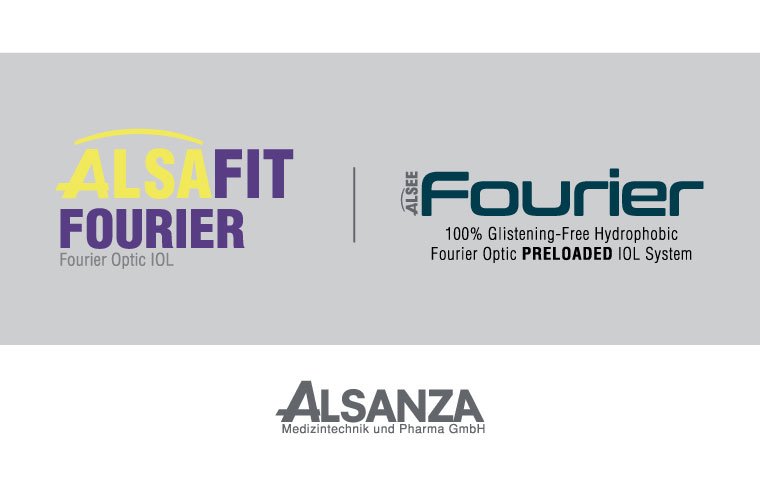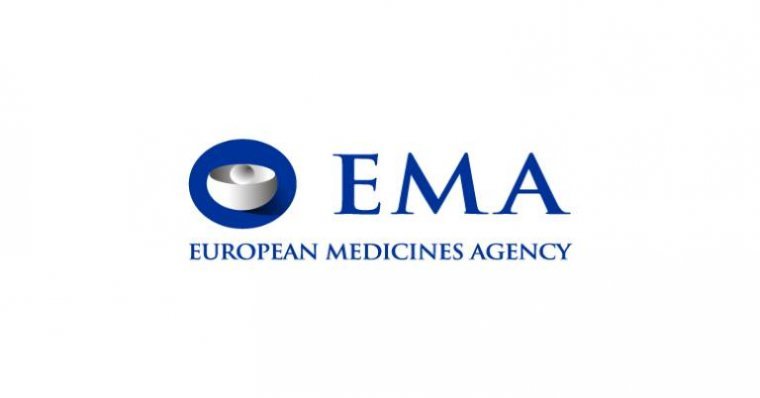
EMA Identifies Rare Risk of Vision Loss with Semaglutide-Based Therapies
The European Medicines Agency’s (EMA) Pharmacovigilance Risk Assessment Committee (PRAC) has concluded a comprehensive review of semaglutide-containing medications following growing concerns about a potential link to vision loss.
Semaglutide: Widely Prescribed for Diabetes and Obesity
Semaglutide, a glucagon-like peptide-1 (GLP-1) receptor agonist, is the active pharmaceutical ingredient in widely prescribed treatments such as Ozempic, Rybelsus, and Wegovy. These medications are commonly used for managing type 2 diabetes and obesity.
Rare Association with Non-Arteritic Anterior Ischemic Optic Neuropathy (NAION)
The PRAC's assessment focused on the potential connection between semaglutide and non-arteritic anterior ischemic optic neuropathy (NAION)—a condition that can lead to sudden vision loss. After evaluating data from nonclinical studies, clinical trials, post-marketing surveillance, and peer-reviewed literature, the committee concluded that NAION should be considered a "very rare" side effect of semaglutide use. This classification means it may occur in up to 1 in 10,000 patients.
Evidence Points to Increased Risk in Type 2 Diabetes Patients
Large-scale epidemiological studies revealed a twofold increased risk of NAION in adults with type 2 diabetes treated with semaglutide compared to those not receiving the medication. Statistically, this corresponds to approximately one additional case of NAION per 10,000 person-years of semaglutide treatment. Clinical trial data also indicated a marginally higher incidence of NAION among semaglutide users versus those on placebo.
EMA Calls for Labeling Update
In response to these findings, the EMA is recommending updates to the product information for all semaglutide-containing medicines to include NAION as a very rare adverse effect. This update aims to ensure prescribers and patients are better informed about this potential risk.
Next Steps: CHMP and European Commission Review
The PRAC’s recommendations will now advance to the Committee for Medicinal Products for Human Use (CHMP), which will assess the overall benefit-risk balance of these treatments. Following the CHMP's formal opinion, the final decision will be submitted to the European Commission for a legally binding resolution applicable across all EU Member States.
(1).jpg)
